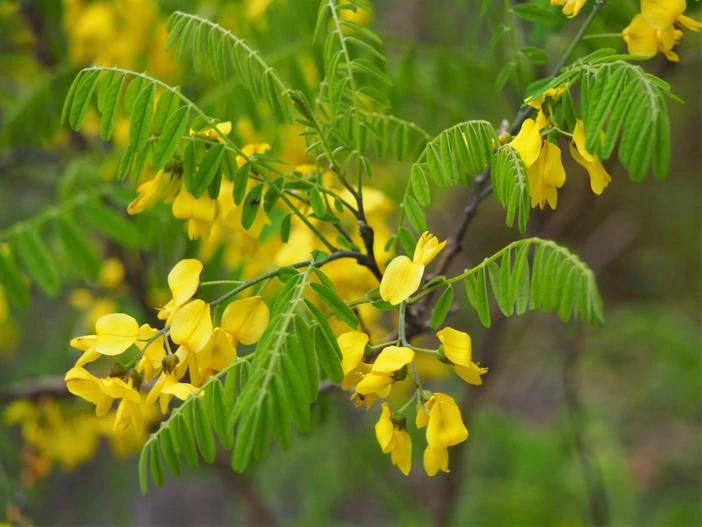Korean Necklace-Pod
(Sophora koreensis)
Korean Necklace-Pod (Sophora koreensis)
/
/

Agnieszka Kwiecień, Nova
CC BY-SA 4.0
Image By:
Agnieszka Kwiecień, Nova
Recorded By:
Copyright:
CC BY-SA 4.0
Copyright Notice:
Photo by: Agnieszka Kwiecień, Nova | License Type: CC BY-SA 4.0 | License URL: https://creativecommons.org/licenses/by-sa/4.0 | Uploader: Nova | Publisher: Wikipedia Commons





Estimated Native Range
Climate Requirements for Harrisonburg, Virginia
| This Plant | Your Site | Plant Suitability for Your Location | ||
|---|---|---|---|---|
| • Precipitation | 30" - 58" | 37" | Aquatic | Aquatic |
| • High Temp. | 75°F - 89°F | 86°F | Your summer temperatures are normal for this plant. | Excellent |
| • Low Temp. | 4°F - 30°F | 22°F | Your winter temperatures are normal for this plant | Excellent |
This plant should grow well at your location with about N inches per year (Y minutes per month) of irrigation.
Summary
Sophora koreensis, commonly known as Korean Necklace-Pod, Korean Sophora, or Korean Pagoda Tree, is a deciduous shrub native to the temperate forests and mountainous regions of Korea. It typically grows at a moderate rate to a height and width of 2-3 feet (0.6-0.9 meters). This species is characterized by its pinnate leaves and clusters of yellow, pea-like flowers that bloom in summer, which are quite showy and attract pollinators. The bark is smooth and gray, adding to its ornamental value.
Korean Necklace-Pod is valued for its compact size, making it suitable for small gardens and urban landscapes. It is often used in border plantings, as a specimen, or in rock gardens due to its adaptability and moderate size. It thrives in full sun but can tolerate part shade, and prefers medium-draining soils such as clay, loam, or sandy types. While it requires medium amounts of water, it is relatively drought-tolerant once established. Gardeners should be aware that it may require some pruning to maintain its shape and to remove any dead or damaged branches. There are no major disease or pest issues associated with this plant, but it can occasionally suffer from leaf spot or root rot if overwatered or planted in poorly draining soils.CC BY-SA 4.0
Korean Necklace-Pod is valued for its compact size, making it suitable for small gardens and urban landscapes. It is often used in border plantings, as a specimen, or in rock gardens due to its adaptability and moderate size. It thrives in full sun but can tolerate part shade, and prefers medium-draining soils such as clay, loam, or sandy types. While it requires medium amounts of water, it is relatively drought-tolerant once established. Gardeners should be aware that it may require some pruning to maintain its shape and to remove any dead or damaged branches. There are no major disease or pest issues associated with this plant, but it can occasionally suffer from leaf spot or root rot if overwatered or planted in poorly draining soils.CC BY-SA 4.0
Plant Description
- Plant Type: Shrub
- Height: 2-3 feet
- Width: 2-3 feet
- Growth Rate: Moderate
- Flower Color: Yellow
- Flowering Season: Spring
- Leaf Retention: Deciduous
Growth Requirements
- Sun: Full Sun
- Water: Medium
- Drainage: Medium
Common Uses
Bird Garden, Butterfly Garden, Low Maintenance
Natural Habitat
Temperate forests and mountainous regions of Korea
Other Names
Common Names: Korean Sophora, Korean Pagoda Tree
Scientific Names: Sophora koreensis, Echinosophora koreensis, Keyserlingia koreensis, Keyserlingia koreensis
GBIF Accepted Name: Sophora koreensis